Filter by

Manipulated: inside the cyberwar to hijack elections and distort the truth
Table of Contents Prologue Introduction Chapter 1: How Did We Get Here? Chapter 2: Motives & Targets: Manipulation in a Post-Truth, Post-Trust Era Chapter 3: How Do You Know What You Think You Know? Chapter 4: The Manipulators and Their Methods Chapter 5: Hackers in the Trenches Chapter 6: Exclusive Interview: Anatomy of a Manipulation Campaign Chapter 7: The U.S. Elections 2…
- Edition
- -
- ISBN/ISSN
- 9781538133507
- Collation
- xi, 193 hlm.; ilus.; 23,5 cm
- Series Title
- -
- Call Number
- 005.8 PAY m
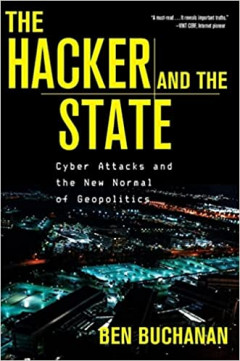
The hacker and the state: cyber attacks and the new normal of geopolitics
Fundamentally changes the way we think about cyber operations from ‘war’ to something of significant import that is not war―what Buchanan refers to as ‘real geopolitical competition.’” Cyber attacks are less destructive than we thought they would be―but they are more pervasive, and much harder to prevent. With little fanfare and only occasional scrutiny, they target our banks, ou…
- Edition
- -
- ISBN/ISSN
- 9780674987555
- Collation
- 412 hlm; 22 cm
- Series Title
- -
- Call Number
- 005.1092 BUC h
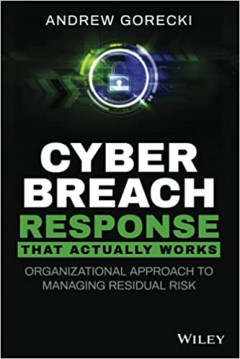
Cyber breach response that actually works: organizational approach to managin…
Table of Contents Foreword xxiii Introduction xxv Chapter 1 Understanding the Bigger Picture 1 Chapter 2 Building a Cybersecurity Incident Response Team 51 Chapter 3 Technology Considerations in Cyber Breach Investigations 97 Chapter 4 Crafting an Incident Response Plan 143 Chapter 5 Investigating and Remediating Cyber Breaches 195 Chapter 6 Legal and Regulatory Considerations in Cy…
- Edition
- -
- ISBN/ISSN
- 9781119679325
- Collation
- xxix, 290 hlm.; ilus.; 23 cm
- Series Title
- -
- Call Number
- 005.8 GOR c
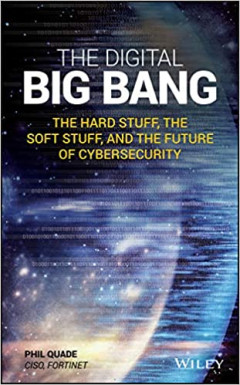
The digital big bang : the hard stuff, the soft stuff, and the future of cybe…
- Edition
- -
- ISBN/ISSN
- 9781119617365
- Collation
- xxviii, 306 hlm.: ilus.; 24 cm
- Series Title
- -
- Call Number
- 005.8 QUA t
- Edition
- -
- ISBN/ISSN
- 9781119617365
- Collation
- xxviii, 306 hlm.: ilus.; 24 cm
- Series Title
- -
- Call Number
- 005.8 QUA t
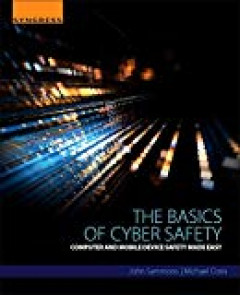
The basics of cyber safety: computer and mobile device safety made easy
Table of Contents Chapter 1. What is cyber safety? Abstract What Is Cyber Safety? Paying Attention to What’s Out There Privacy Encryption Monitoring Online Activity Identifying the Devices You Use, and Where You Use Them Using Different Windows Accounts Physical Security Summary Further …
- Edition
- --
- ISBN/ISSN
- 9780124166509
- Collation
- xv, 237 hal.; ilus.; 23 cm.
- Series Title
- --
- Call Number
- 005.8 SAM b

Cybersecurity and applied mathematics
Table of Contents Biography Chapter 1: Introduction Abstract Chapter 2: Metrics, similarity, and sets Abstract 2.1 Introduction to Set Theory 2.2 Operations on Sets 2.3 Set Theory Laws 2.4 Functions 2.5 Metrics 2.6 Distance Variations 2.7 Similarities 2.8 Metrics and Similarities of Number…
- Edition
- --
- ISBN/ISSN
- 9780128044520
- Collation
- xi, 188 hal.; ilus.; 24 cm
- Series Title
- --
- Call Number
- 005.820151 MET c
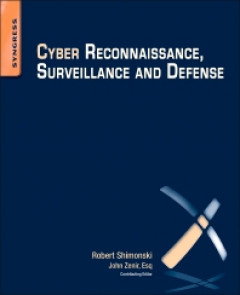
Cyber reconnaissance, surveillance, and defense
Table of Contents Dedication About the Authors Acknowledgments Introduction Chapter 1: Digital Reconnaissance and Surveillance Abstract Digital reconnaissance and surveillance Threat of digital reconnaissance and surveillance Why spy? Who spies? Legal and ethical principles Summary Chapter 2: Informa…
- Edition
- 1st edition
- ISBN/ISSN
- 9780128013083
- Collation
- xv, 241 hal.; ilus.; 24 cm
- Series Title
- --
- Call Number
- 327.12 SHI c

Cyber-risk informatics: engineering evaluation with D\data science
Table of contents: 1. Metrics, statistical quality control and basic reliability in cyber-risk 2. Complex network reliability evaluation and estimation in cyber-risk 3. Stopping rules for reliability and security tests in cyber-risk 4. Security assessment and management in cyber-risk 5. Game-theoretic computing in cyber-risk 6. Modeling and simulation in cyber-risk 7. Cloud computing in …
- Edition
- --
- ISBN/ISSN
- 9781119087519
- Collation
- xxxii, 526 hal.; ilus.; 24 cm
- Series Title
- --
- Call Number
- 005.82 SAH c
 Computer Science, Information & General Works
Computer Science, Information & General Works  Philosophy & Psychology
Philosophy & Psychology  Religion
Religion  Social Sciences
Social Sciences  Language
Language  Pure Science
Pure Science  Applied Sciences
Applied Sciences  Art & Recreation
Art & Recreation  Literature
Literature  History & Geography
History & Geography